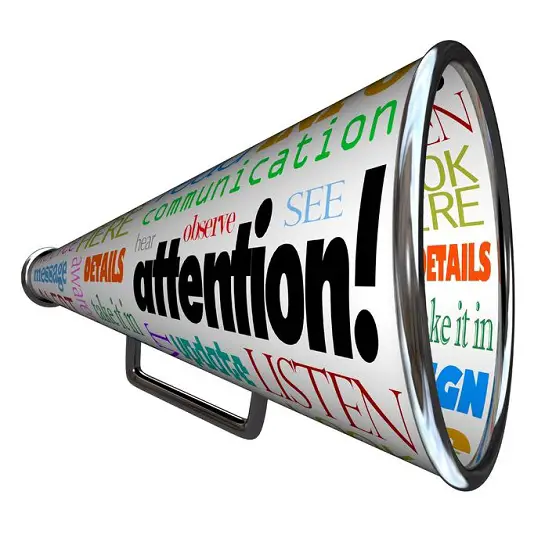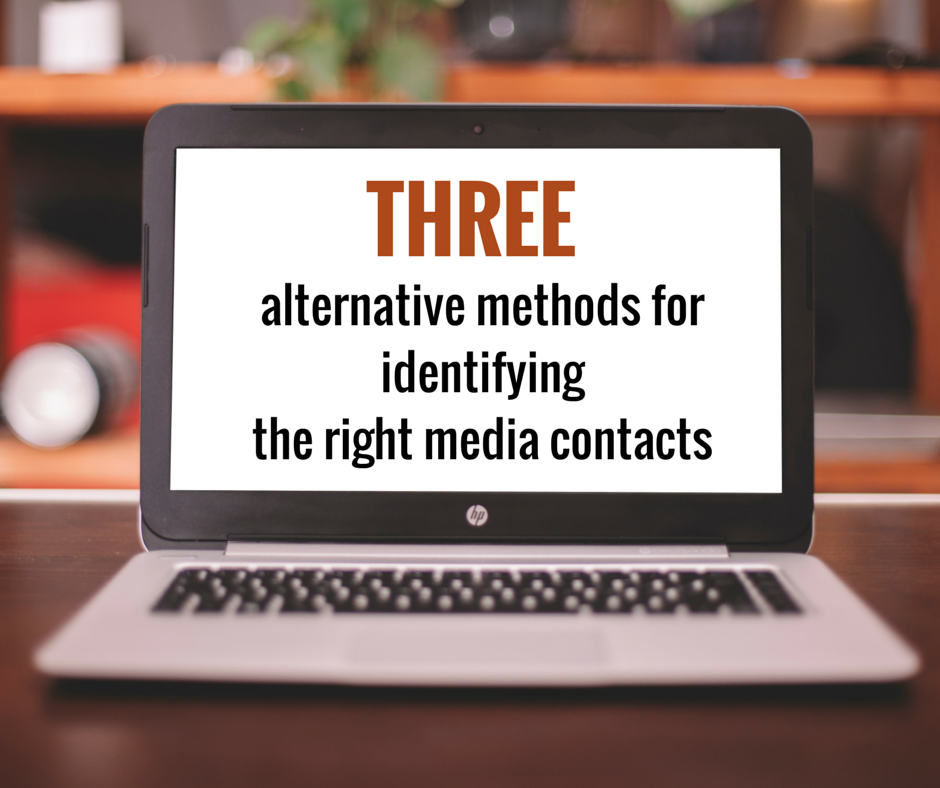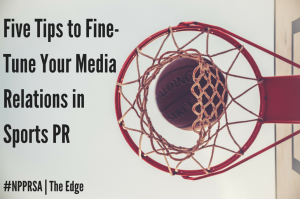Pitching is one of the most difficult thing we PR pros do. Many of us do it every day, but no matter how long you’ve been doing it or how often you’re sending pitches out to media, the rejection, or even worse, the radio silence, are still an unfortunate reality.
 As new pros, pitching stories to established media can be a daunting task. “Pitching 101” isn’t a course offered in PR programs – it’s a crash course you take in your first internship or job that requires you to have those skills.
As new pros, pitching stories to established media can be a daunting task. “Pitching 101” isn’t a course offered in PR programs – it’s a crash course you take in your first internship or job that requires you to have those skills.
Pitching and acquiring placements for a client is a huge part of media relations and is definitely worth a bit of attention and fine-tuning. Here’s a few tried-and-true tips to make pitching a breeze.
DON’T schedule a press release on a newswire service & forget it.
Sure, PR Newswire is a great way to post a press release and get it mass reposted on some news sites. That shouldn’t be confused with a press placement or earned media, though. It’s an OK way to get the your news out there, but it’s certainly not the kind of placement clients have in mind when they sign up for media relations.
DO try to build relationships with the media.
Everyone is more likely to do someone a favor if they know them. Reach out before you have a client dying for media attention and introduce yourself. Find out how your new media contacts prefer to be reached. Know what they cover and talk to them about what they might be working on in the future. If you can offer yourself as an expert for something already in the works or put them in touch with a good source, you’ll become a valued contact for them.
DON’T send a mass email pitch.
Almost as bad as scheduling and forgetting is sending a mass email pitch to editors and reporters. Think about the general, boring emails that end up in your inbox. Unless they have a super catchy headline or are offering your something exclusive or special, they’re going directly in the junk bin, right? Journalists think no differently. There’s plenty of news out there to cover. If you can’t give a writer a good reason why he or she should be writing about what you’re pitching, what’s the point?
DO your research.
Nothing is worse than irritating a journalist with an email they consider junk. Your pitch may have been perfect, but did you send it to the right contact? If you’re sending out pitches to just any media contact, you’re wasting your time. Make sure pitches aren’t going directly into the garbage by only sending them to people who might be interested. Got a great new fashion brand that you represent? Awesome, but a tech reporter won’t care at all about your pitch or your client.
DO personalize your pitch.
Right along with doing your research and not sending out mass emails, do make sure you personalize each pitch. Make sure all names and titles are spelled correctly and that all other information is correct. Bonus points if you can mention other pieces by the author that are similar to what you’re pitching.
DON’T pitch “just because.”
There’s nothing more irritating than people who subscribe to the idea that there’s an ideal frequency for pitching. There’s no magic formula for how often you should be pitching media, but you should never send out a press release just because you haven’t for a while. There’s nothing newsworthy about saying “Hey, we still exist.” If you don’t have anything newsworthy to say, there are better ways to keep yourself or your client relevant and in the forefront of people’s minds, such as a strong social media presence, blogging, guest posts, offering expert input on other stories your journalist friends might have in the works… the list could go on.
DO pitch stories.
Pitching should really be wrapping the whole story package up with a bow and presenting it to the writer. What’s your angle? How does it tie into other things? Why is this important or newsworthy? All of these are important items to keep in mind and communicate in your pitch. The better you can pitch a story, not a brand or product, the better your pitches will be received.
DON’T exaggerate.
No matter whether you’re pitching, promoting or explaining, it’s never a good idea to exaggerate. If you’re claiming to be the best, the top, the only or any other claim that makes your client stand out, you better have the facts to back it up. If you lie about something and are found out by a journalist, you’ll quickly be blacklisted.
DO keep it short and sweet.
Long emails are difficult to read and retain no matter who you are. When you have hundreds or thousands of emails flowing into your inbox every day, your attention span is that much shorter. Make your point, make it quickly and include a clear call to action. Be friendly and professional, of course, but leave the long flowery prose at home.
DON’T pitch a story the author has already written.
If journalists could recycle stories they’ve already written, their jobs would be so much easier. Pitching something nearly identical to what your contact has already written says one of two things: you didn’t bother to do your research or you don’t know how media works. Offer a new angle or idea that will transform your pitch into something a journalist can work with, instead of tired, recycled content.
DO playback your coverage.
Your work isn’t done just because you secured a placement. Your client or boss needs to know that the effort has a real ROI! Playback your coverage by linking to it, sharing it across social media, including it on your website’s press page or “featured in” section. Get statistics on how many pageviews the story got and how many retweets, mentions and new website visitors the placement generated. If possible, see if you can find a connection between increased web traffic, social media following, content shares, or sales and the placement. The ROI for your media placements will depend on what your goals were from the beginning.
And finally…
DO definitely say thank you.
Those manners your mama taught you are still so applicable. It’s important to remember that pitching is essentially asking a favor. Don’t make it painful by being pushy, rude or indignant. It doesn’t matter how great your client is, unless you have your own media outlet to offer coverage in, you don’t necessarily get to call the shots. It’s important to be gracious and just taking a few minutes to let writers know how much you appreciate their hard work can be the start to a great, long-lasting relationship with the media.
 Robyn Rudish-Laning is a graduate of Duquesne University, with a bachelor’s in Public Relations, a master’s in Media Arts and Technology, and currently works as a PR Associate with Pretty Living PR, a boutique firm based in Pittsburgh. Find her on LinkedIn or Twitter or read her PR-focused blog.
Robyn Rudish-Laning is a graduate of Duquesne University, with a bachelor’s in Public Relations, a master’s in Media Arts and Technology, and currently works as a PR Associate with Pretty Living PR, a boutique firm based in Pittsburgh. Find her on LinkedIn or Twitter or read her PR-focused blog.







